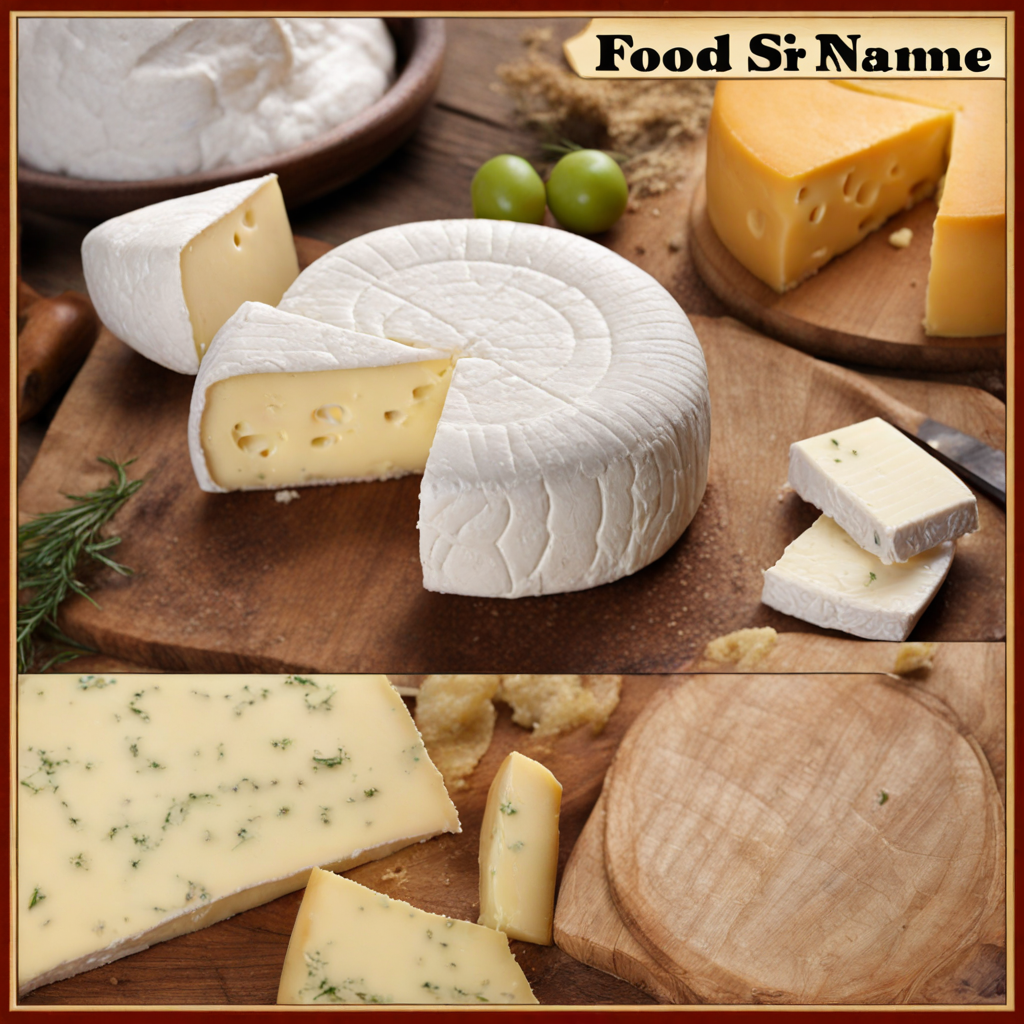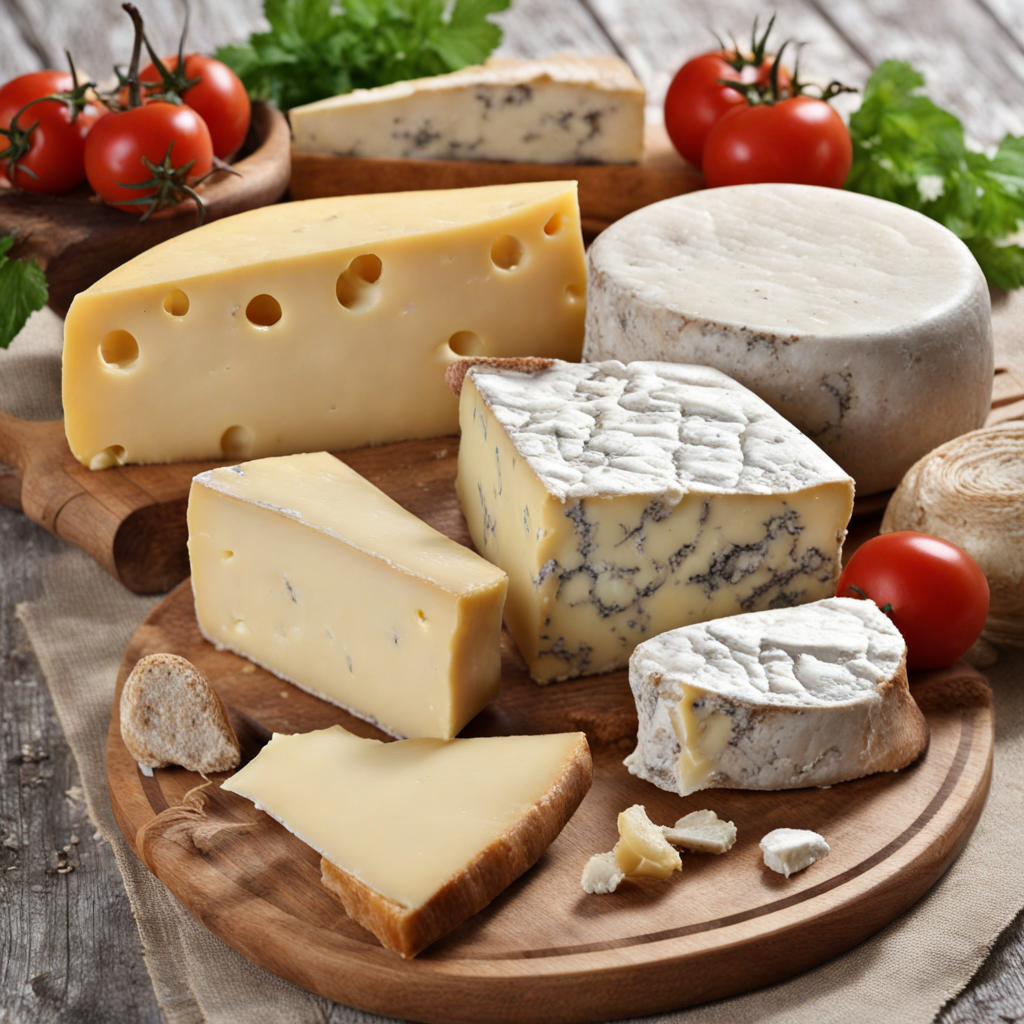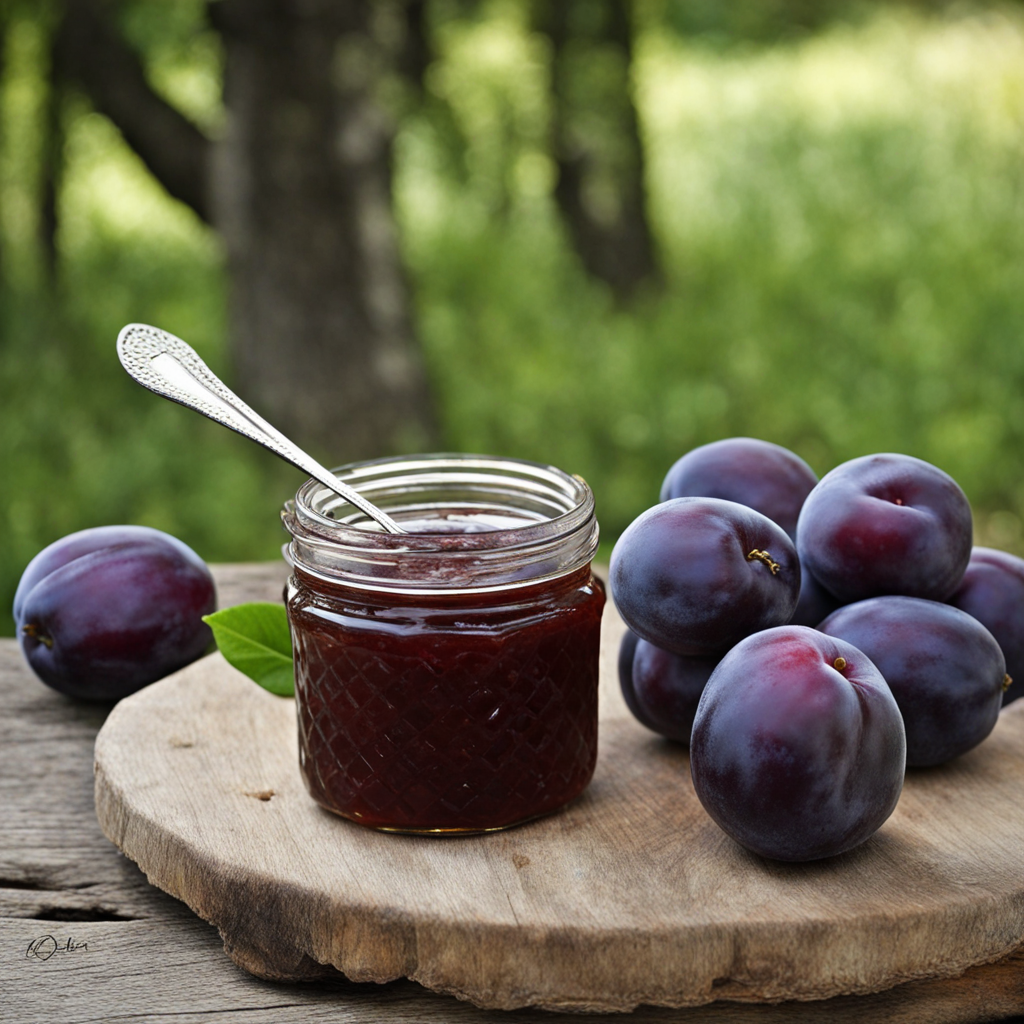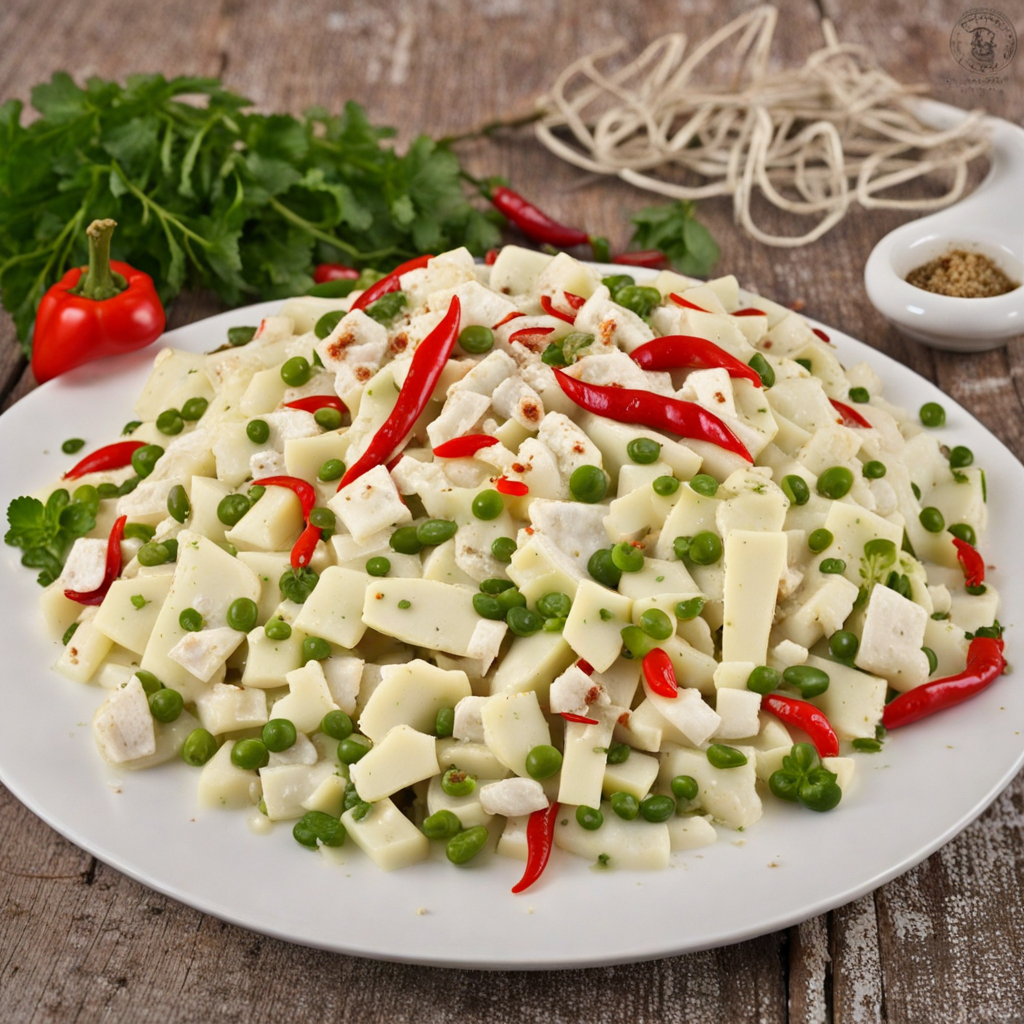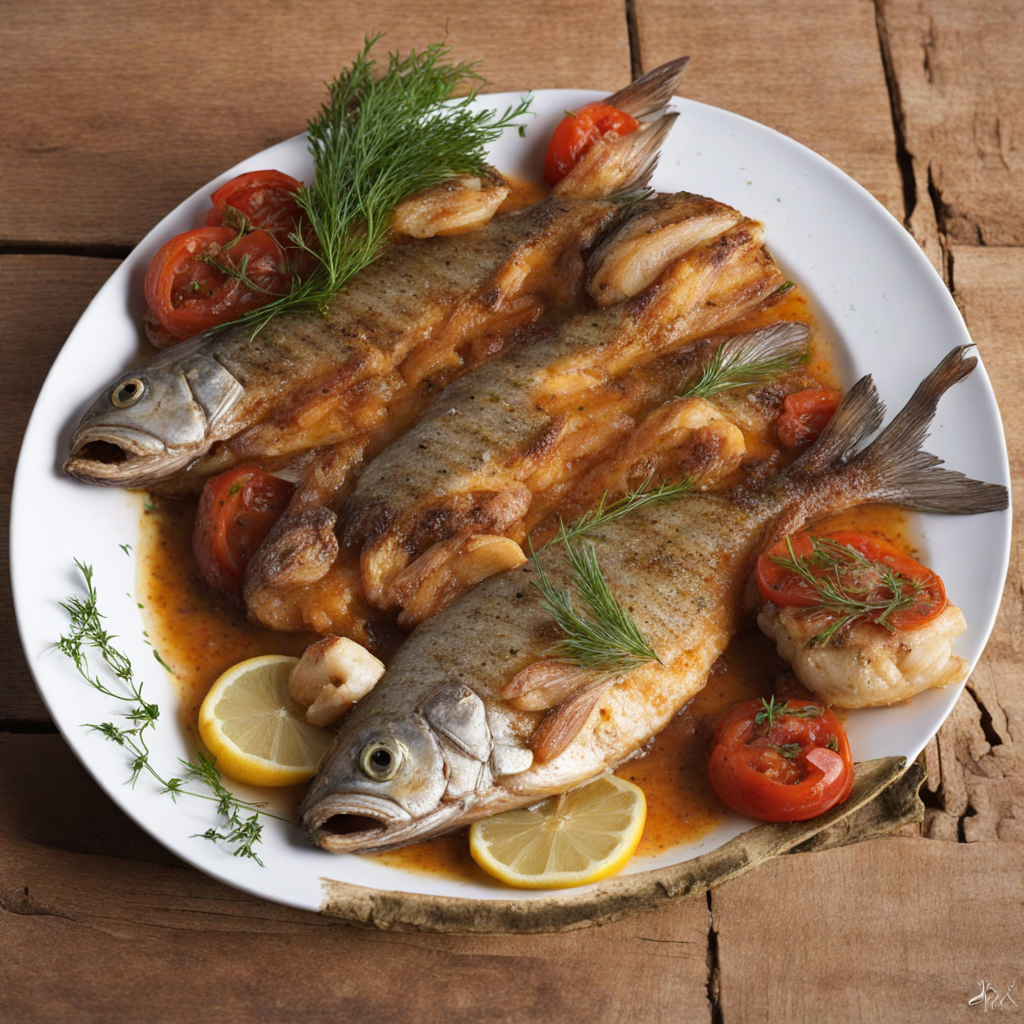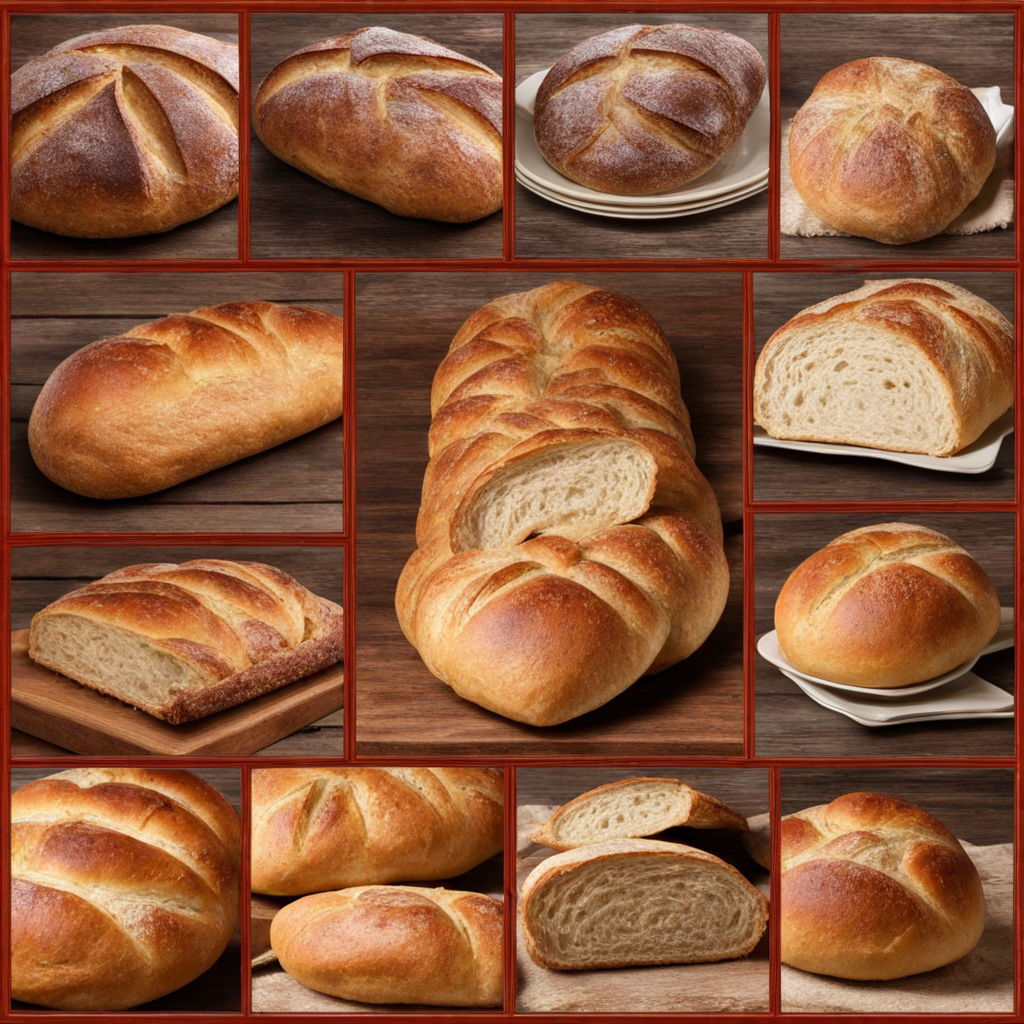Sir
Sir is a traditional Serbian cheese that embodies the rich flavors and culinary heritage of the region. This semi-soft cheese is often made from cow's milk, although variations using sheep's or goat's milk can also be found. Its texture ranges from creamy to crumbly, depending on the aging process and the specific recipe used. The cheese is typically white in color with a slightly tangy flavor that becomes more pronounced as it matures. Sir is commonly used in various Serbian dishes, adding a delightful creaminess and depth of flavor that elevates the overall taste profile. The charm of Sir lies not only in its taste but also in its versatility. It can be savored on its own, served with fresh bread, or incorporated into salads and pastries. One popular way to enjoy Sir is crumbled over traditional Serbian salads, where it complements the freshness of tomatoes and cucumbers. Additionally, it is often used in savory pastries such as burek, where its melting qualities create a heavenly combination with flaky dough. The cheese can also be paired with local wines or enjoyed with a drizzle of honey for a unique sweet-salty experience. In Serbia, Sir is more than just a food item; it represents a way of life and a connection to the land. Local artisans take great pride in their cheese-making traditions, often using time-honored methods passed down through generations. Many families have their own recipes, leading to a delightful variety of flavors and textures across the country. Whether you find it in a bustling market or served at a rustic family gathering, experiencing Sir is like tasting a piece of Serbian culture, inviting you to explore the country's rich culinary landscape.
How It Became This Dish
The History of Сир (Syr) from Serbia #### Origins Syr, or simply "cheese," holds a revered place in Serbian culinary tradition. Its roots can be traced back to the ancient pastoral communities of the Balkans, where dairy farming was integral to survival. Archaeological evidence suggests that cheese-making in the region dates back over 7,000 years. The fertile plains and abundant grazing lands of Serbia provided ideal conditions for herding sheep, goats, and cows, which became the primary sources of milk for these early cheeses. The word "syr" itself is derived from the Slavic root for cheese, which is closely related to the terms used in various Slavic languages. Historically, the making of cheese was not only a means of preserving surplus milk but also a vital part of the diet for the nomadic tribes that roamed the region. The techniques of cheese production were passed down through generations, evolving into various regional specialties, including the famous Serbian "syr." #### Cultural Significance In Serbian culture, cheese is more than just a food item; it symbolizes hospitality, community, and the connection to the land. It plays a crucial role in traditional Serbian meals, often served as a component of meze (appetizers) or as a standalone dish. The most iconic Serbian cheese is "feta," a brined cheese made primarily from sheep's milk, often found in salads, pastries, or simply enjoyed with bread. Cheese-making and consumption are closely linked to Serbian customs and rituals. For instance, during the Slava—a unique Serbian Orthodox celebration honoring a family's patron saint—cheese is typically part of the feast. The significance of cheese extends beyond culinary practices; it represents a communal bond, especially during gatherings where families and friends come together to share food and stories. #### Development Over Time As Serbia transitioned through various historical phases—from the Roman Empire to the Byzantine period, and later the Ottoman Empire—cheese production techniques evolved. During these times, the influence of different cultures enriched the local cheese-making practices. The Ottomans introduced new methods and recipes, leading to the development of diverse cheese varieties. In the modern era, the 19th and early 20th centuries saw the emergence of commercial cheese production alongside traditional methods. The establishment of dairies in towns and cities allowed for a broader distribution of cheese, making it accessible to urban populations. However, many rural communities continued to rely on age-old practices, maintaining the artisanal quality of their cheeses. The post-World War II era brought significant changes to Serbia's dairy industry, particularly during the socialist period. The government invested in agricultural infrastructure, leading to increased production and standardization of cheese. This era marked the rise of mass-produced cheeses, but traditional varieties remained cherished, especially in rural areas. In recent years, there has been a resurgence of interest in artisanal cheese-making in Serbia. As consumers become more health-conscious and seek local, sustainable products, small-scale producers are reviving traditional recipes. Farmers’ markets and specialty shops now feature a variety of Serbian cheeses, emphasizing the importance of quality and local ingredients. #### Varieties of Сир Serbian cheese encompasses a range of varieties, each with its own unique flavor profile and texture. Among the most notable is "kisela pavlaka," a sour cream cheese that adds creaminess to various dishes. Another popular type is "kajmak," a creamy, spreadable cheese made from the top layer of milk that has been boiled and then fermented. It is often enjoyed with bread or as a topping for grilled meats. Furthermore, the famous "Prijepoljski sir," originating from the southwestern region of Serbia, is a semi-hard cheese made from sheep's milk. Its distinct flavor is a result of the high-altitude grazing of the sheep, which feed on diverse herbs and grasses of the region. Similarly, "Sir od ovčijeg mleka" (sheep’s milk cheese) is celebrated for its rich taste and is often used in traditional dishes like "burek," a savory pastry filled with cheese and other ingredients. #### Modern Perspectives and Global Influence Today, Serbian cheese continues to evolve, influenced by global culinary trends while staying rooted in tradition. With the rise of food tourism, many visitors to Serbia are eager to explore its cheese-making heritage. This interest has prompted cheese festivals, workshops, and tours that showcase the art of making traditional Serbian cheeses. The digital age has also played a role in promoting Serbian cheese. Social media platforms have become avenues for local artisans to share their products, stories, and recipes with a global audience. This connection has sparked interest in Serbian culinary traditions, leading to collaborations with international chefs and the incorporation of Serbian cheeses into global cuisines. In addition to its culinary value, Serbian cheese has gained recognition for its health benefits. Rich in protein and calcium, it is viewed as a nutritious addition to the diet. Artisan producers often emphasize the absence of preservatives and artificial ingredients, appealing to modern consumers seeking wholesome, natural foods. #### Conclusion The history of сир in Serbia is a fascinating tale of tradition, culture, and resilience. From its ancient origins to its modern-day revival, cheese has remained a vital part of Serbian identity. It embodies the agricultural heritage of the region and reflects the communal spirit of its people. As Serbia continues to navigate the complexities of globalization, its cheese remains a cherished symbol of the past while embracing the future—an enduring testament to the rich tapestry of Serbian culinary traditions. Whether enjoyed at a festive gathering, a family meal, or as part of a gourmet experience, Serbian cheese continues to capture the hearts and palates of those who experience it.
You may like
Discover local flavors from Serbia


